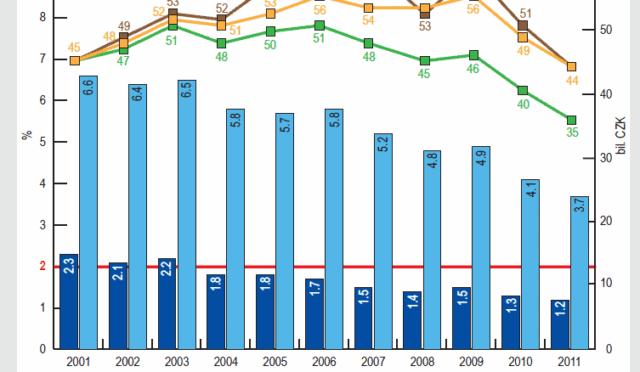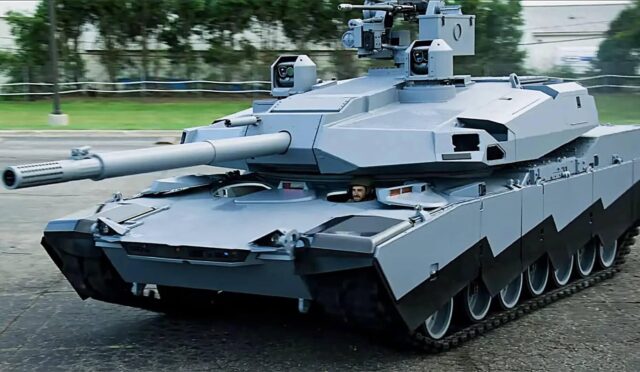Major Milestones in the F110 Frigate Program
Navantia has announced a significant advancement in the Spanish Navy’s F110 frigate program with the successful laying of the keel for the second vessel, the Roger de Lauria (F112). This milestone was celebrated alongside the official start of construction for the third frigate, the Menéndez de Avilés (F113), at a shipyard in Ferrol, Galicia. These developments mark a crucial step towards realizing the Navy’s goal of building five advanced frigates.
The keel for the Roger de Lauria was laid seven months ahead of schedule, emphasizing Navantia’s commitment to timely project execution. Construction of the entire frigate will take place in a specialized area of the shipyard, with the launch expected later this year. Meanwhile, work on the Menéndez de Avilés is progressing significantly, having entered the detailing phase three months ahead of the planned timeline, thanks to the employment of advanced robotic welding technologies.
Progress on the Lead Frigate and Future Factory
The lead frigate of the F110 program, Ramon Bonifaz (F111), is currently 85 percent complete, positioned next to the Roger de Lauria at the shipyard. This rapid assembly showcases Navantia’s ability to streamline production processes and underscores the increasing efficiency of the shipbuilding initiative.
Adding to this momentum, Navantia plans to establish a Digital Block Factory next year that will implement state-of-the-art manufacturing techniques. Blocks produced in this facility will be utilized in the construction of the Menéndez de Avilés, ensuring that the latest technological advancements are incorporated into the designs.
Timeline and Features of the F110 Frigates
The commissioning schedule for the F110 frigates aims to have F111, F112, and F113 enter service in 2025, 2026, and 2027, respectively. This timeline reflects a carefully coordinated effort to enhance the operational capabilities of the Spanish Navy with these new vessels.
Every one of the five planned F110 frigates will be integrated with a sixth digital twin that will serve as a virtual tool for monitoring the operational status of the fleet. Utilizing cutting-edge technologies such as cloud computing and machine learning, this digital replica aims to improve maintenance and operational planning across various deployments.
Technological Advancements and Strategic Implications
According to Navantia, the F110 frigate program signifies a major enhancement in Spain’s naval capabilities, as well as a boost to the industrial and technological landscape of Navantia and its industry partners. This advancement is expected to contribute significantly to Spain’s strategic autonomy in defense matters while also laying the groundwork for new export possibilities.
The F110 frigate is designed with a length of 145 meters (476 feet) and a beam of 18 meters (59 feet), accommodating a crew of up to 150 personnel. The vessels are intended to operate with a maritime helicopter, comparable in size to the SH-60 Seahawk or NH90 models, and are equipped with an array of advanced armaments, including torpedoes, air defense systems, and guided munitions.
Performance and Operational Capabilities
In terms of performance, the F110 frigates are engineered to be fast and highly maneuverable, featuring a turbine paired with four diesel engines. This configuration allows the ships to achieve speeds in excess of 25 knots (46 km/h or 29 mph), which is essential for modern naval engagements.
The frigates will be heavily armed, integrating capabilities that cover anti-ship, land-attack missiles, naval guns, machine guns, and sophisticated air defense systems. Such a comprehensive array of capabilities ensures that the F110s will be versatile assets for the Spanish Navy, ready to tackle a wide range of maritime threats.







